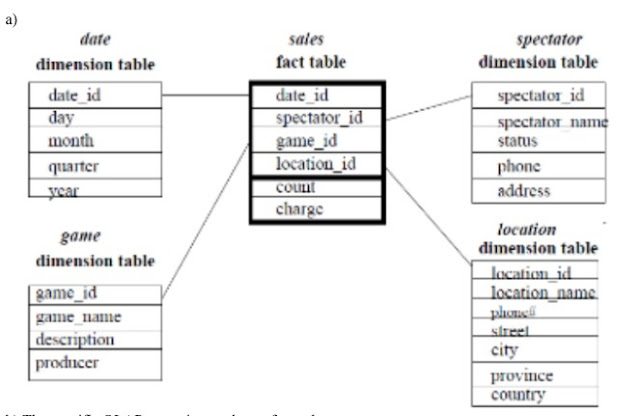Describe Elements of E-Commerce Framework.
Elements of E-Commerce Framework
Information Super Highway (I-Way):
The information superhighway is the transportation foundation that enables the transmission of content. The Information Superhighway facilitates the convergence of content and distribution channels, which brings corporations together, indicating huge commercial and cultural developments from the Internet. Any successful e-commerce application will require the I-Way infrastructure in the same way that regular commerce needs the interstate highway network to carry goods from point to point. A myriad (many) of computers, communications networks, and communication software form the emerging Information Superhighway (I-Way).
Multimedia Content and Network Publishing:
The electronic system through which content is transmitted is analogous to the non-electronic world in which different types of products are stored in distribution centers before they are loaded onto various vehicles for transport. Currently, the most prevalent architecture that enables network publishing is the WWW. The web allows small businesses and individuals to develop content in the form of HTML and publish it on the web server. In short web site provides a means to create product information and a means to publish it in a distribution center.
Messaging and Information Distribution:
Information distribution and messaging technologies provide a transparent mechanism for transferring information content over a network infrastructure layer. It is accomplished through software systems that implement File Transfer Protocol (FTP), Hypertext Transfer Protocol (HTTP), and Simple Message Transfer Protocol (SMTP) for exchanging multimedia content consisting of text, graphics, video, and audio data.
Common Business Services:
Common business services, for facilitating the buying and selling process. Electronic commerce applications require that the information sources be made available online to geographically dispersed clients and facilitation of the transactional environment. Addressed by deploying strong site security measures that constantly monitor the site for authenticated and authorized activities, virus detection and elimination systems, and intrusion detection systems and firewalls. Securing the transaction, carried out over the network, requires addressing several security and confidentiality-related issues. The confidentiality or privacy of the transaction data can be addressed by using various encryption techniques. The shared key as well as the public/ private key pair-based encryption techniques can be used for this purpose. Electronic payment is fundamental to the acceptance of electronic commerce as a viable alternative to traditional commerce. It is a mechanism that facilitates an online financial exchange between concerned parties. Several scalable and flexible electronic payment mechanisms - cash, cheques, and credit cards have emerged, essentially imitating traditional payment mechanisms.
Pillars of E-Commerce Framework
Two pillars are supporting all e-commerce applications and infrastructure as shown in the figure. They are:
Public Policy and Privacy Issues:
Govern issues such as Universal access, privacy, and information pricing. The trust environment has its basis in the public policy and legal framework. Establishing electronic commerce-related laws and recognized certification authorities provide the legal framework for electronic commerce.
Technical Standards:
Dictate the nature of information publishing, user interfaces, and transport in the interest of compatibility across the entire network.




Comments
Post a Comment